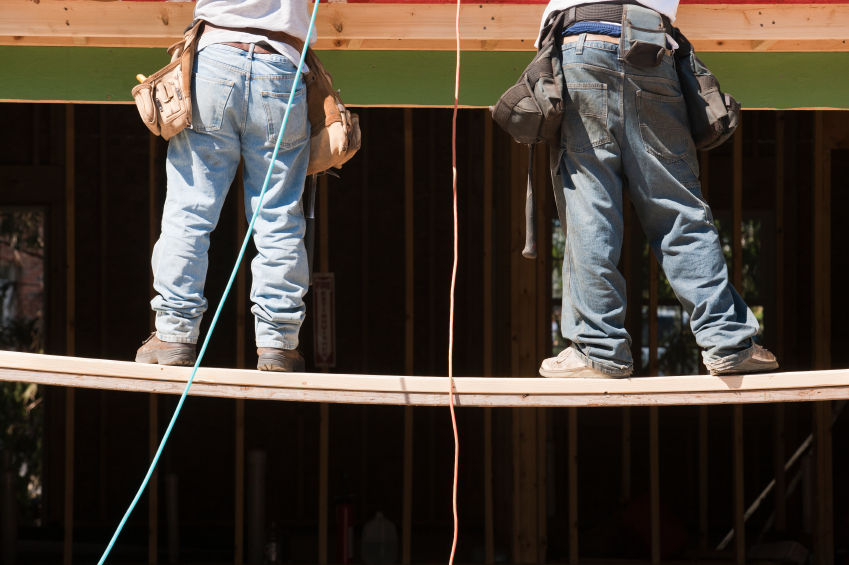Lawmakers in Albany declined to water down the Scaffold Safety Law, as a construction accident survivor says “thank goodness.”
A New York ironworker, in the field for 25 years, suffered a fall from 15-feet, which ultimately ended his career and nearly took his life.
The man had enough training and experience to be called from job to job because of his expertise. But no level of skill could have protected him from injury when his employer failed to provide him with a safety harness or proper fall protection.
Despite the sever injuries the worker suffered, he survived. He suffered a traumatic brain injury, post-concussive syndrome, torn shoulder and hip joints, and fractures in his spine and pelvis. Years following the accident, he had spinal surgery and a hip replacement.
Construction workers are employed in one of the most dangerous, but also most important, jobs in the U.S. Construction workers in New York are at least partially protected, because of the strong Scaffold Safety Law in place. It means that in accidents like this worker, when contractors break a common-sense safety rule, they are held liable for their negligence.
Many workers are seriously injured on the job each and every day. Weakening the Scaffold Safety Law only means these hard-working men and women will have to wait longer for justice, if they even get it at all.
New York State enacted its Scaffold Law back in 1885; the law makes property owners and contractors liable for most “gravity-related” injuries to workers on construction sites. New York is the only state with such a law; other states have phased out such regulations, instead relying on the federal workers compensation system. Those who want to alter or sunset the Scaffold Law say it adds cost to any project undertaken in the state, from private projects, like building construction, to public undertakings like the new Tappan Zee Bridge. Supporters, including many construction unions, say workers need to know they are protected as they face unique risks. That includes preserving an injured worker’s right to sue and recoup punitive damages and compensation for pain and suffering.
Efforts to reform the law have failed to progress in the Legislature.
If you or a loved one has been injured on the job, contact us today for a free case evaluation.

